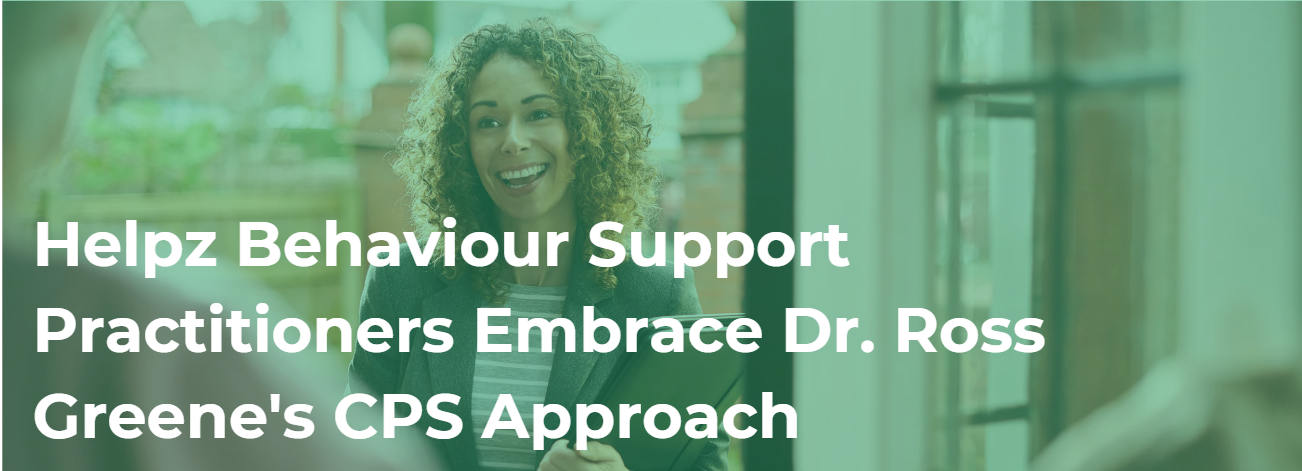Coping with anxiety during NAPLAN

Coping with anxiety during NAPLAN: a guide for parents and children
NAPLAN is government-conducted testing which takes place each year to assess students in grades 3, 5, 7 and 9 on their literacy and numeracy skills.
Although the students’ and schools’ individuals results are not made known to the public, the lead up to the tests, the testing environment and the competitive nature of the testing can all cause tension and stress which can lead to anxiety. NAPLAN results allow the child and parents to see where they sit on a national level and this in itself can be a cause of anxiety for the child if they haven’t performed as well as their peers and for the parent if they had higher expectations for their child.
When a child undertakes NAPLAN testing it may be the first time they have undergone any type of formal testing of their abilities and it can be difficult to know whether the impending experience will cause anxiety for your child. In addition to stress felt by the children sitting the test, parents of testing children and other children in the home (even if they are not being tested) can experience NAPLAN anxiety, and given how prevalent NAPLAN anxiety has become, it is important to look out for the signs as soon as your child’s school starts communicating that testing is coming up.
How can anxiety manifest in children and parents around exam periods?
The Black Dog Institute indicates that approximately 13.6% of the nation’s children aged 4 - 11 are battling a mental illness, with anxiety being one of the top mental health conditions affecting this demographic.
Anxiety in children and parents can manifest in the following behaviours:
- sleepless nights;
- tired, irritable moods;
- heightened tension and arguments over seemingly petty topics;
- weight loss or gain;
- withdrawn, anti-social behaviour and children not wanting to attend school;
- plus many other irregular behaviours and physical manifestations.
There are some ways that both children and parents can manage the stress brought on by NAPLAN. If you or your child is anxious, you should try one or more of the following in the first instance.
Frank and open discussions
Speaking candidly with your child about the upcoming tests can help you ascertain exactly what it is they are anxious about. Is it the fear of failure, anxiety about studying, stress at the thought of being compared to their peers or simply the idea of working alone for hours on the test papers? If you are able to understand what the root cause is, there may be ways you can help them overcome their anxiety by reassuring them that they cannot ‘fail’, that you do not have any particular expectations of them or by helping them study in a way which suits their learning style.
Avoid pressuring your child
NAPLAN testing is a benchmark set by the government, it is not an indication of how your child will perform in their final high school exams or even what they will achieve in adulthood. As such, if your child is stressed about the testing, you should pump the bakes and help relieve the pressure by reminding them that their performance is not the be all and end all. Simply support them in a way that shows you are present and care about their successes without pushing them to try to achieve more than they may be capable of.
Develop your own realistic expectations
Rather than interpreting NAPLAN as a comparison of your child’s performance with other students, it may be useful to view it as an opportunity to understand your child’s strengths and opportunities in relation to same age peers, and to use this understanding as a reference point for discussion with your child’s teachers about areas where you can work together to provide additional support with their learning.
Modelling Adaptive Approaches
According to Bronfenbrenner’s Ecological Systems Theory, we learn our way of being in the world through socialisation, with primary agents of socialisation during child development including parents, peers, and school. In line with this theory, children may develop anxiety towards NAPLAN testing based on what is modelled by parents, peers, and teachers. Parents and teachers may be able to support children by modelling appropriate responses to NAPLAN testing, as well as adaptive approaches to managing anxiety.
Chill Out – It’s only NAPLAN
It may be possible to reduce anxiety by adjusting both student and parent perceptions of NAPLAN testing. Although NAPLAN provides a report that compares a student’s performance to individuals, it may be worthwhile thinking of these reports as a reflection of a child’s education experience rather than their academic performance. According to the “For parents and carers” page on the National assessment program website (nap.edu.au), NAPLAN results “provide teachers with additional information about students’ educational progress.” and “provides schools, education authorities and governments with information about how education programs are working and whether young Australians are achieving educational outcomes…”. It may be that NAPLAN is designed to measure how schools are performing rather than individual students.
Studying for NAPLAN – Don’t.
The “For Parents and Carers” page (nap.edu.au) also says “students are not expected to study for NAPLAN. You can support your child by reassuring them that NAPLAN is part of their school program and reminding them to simply do their best”. It also states that “ACARA does not recommend excessive preparation for NAPLAN or the use of services or coaching providers”. It may be that the best way students can prepare for NAPLAN is to engage with their everyday school learning experience. This will likely give a better indication of where schools can improve their education experiences for the benefits of all students.
Individual differences and NAPLAN
It may be useful to remember that NAPLAN only provides a limited view of student’s skills, and everyone has different strengths and opportunities. You may be an amazing artist, a talented athlete, or any of the other numerous capabilities that NAPLAN does not measure. Importantly, NAPLAN is just a snapshot, a moment in time that can be influenced by so many external factors.
Seek professional help
If you have tried any of the above relevant steps and your child is still experiencing stress and anxiety, you may need to seek professional help. There may be other issues at play which you might benefit from the help of people who specialise in this area. A counsellor or child psychologist can help delve deeper into what your child is experiencing and instil some coping mechanisms. Your GP is a good place to start to seek a referral.
News & Insights
Check Our Latest Resources







